A Desktop crossflow fan is a common type of tabletop fan that is relatively simple in its main components and principles.
First of all, the motor and air blades of a cross-flow fan are usually in a cylinder, achieving local ventilation. It is characterised by the fluid flowing through the fan impeller twice, with the fluid flowing in the radial direction and then out in the radial direction, with the intake and exhaust directions in the same plane, and with the discharged gas evenly distributed along the width of the fan.
Secondly, the shape of the fan blades of a cross-flow fan is generally oval, with three or more blades per fan, all of which are supported by a large cylindrical fan. The motor load margin leaves 60% space, which moreover avoids the influence of air duct design.
In addition, the body has a certain inclination in the axial direction, as well as a converging air outlet structure, which makes the air out of the crossflow fan more concentrated and stronger.
Finally, crossflow fans are usually controlled manually by rotating the fan's knob to control the fan's speed and air direction.
Overall, desktop crossflow fans are efficient and practical fans that are widely used in homes, offices and other places.
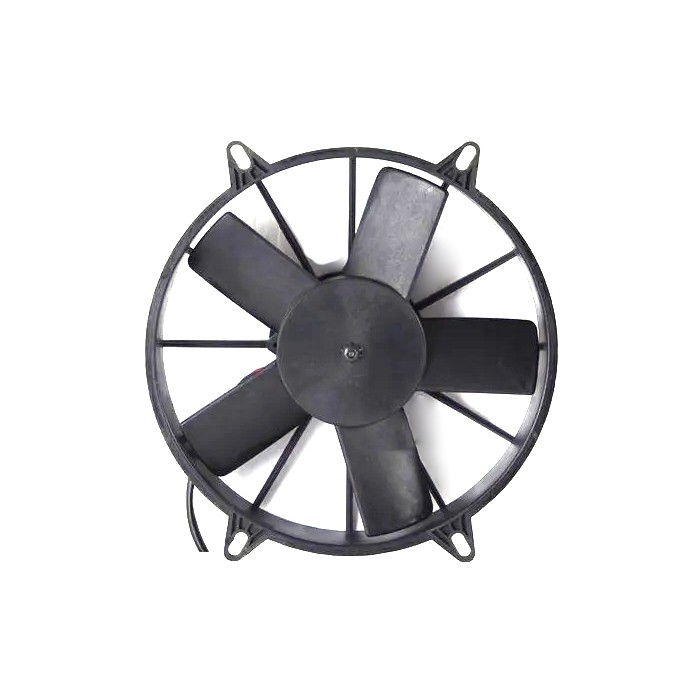
Explosion-proof axial fans

Commercial centrifugal fans
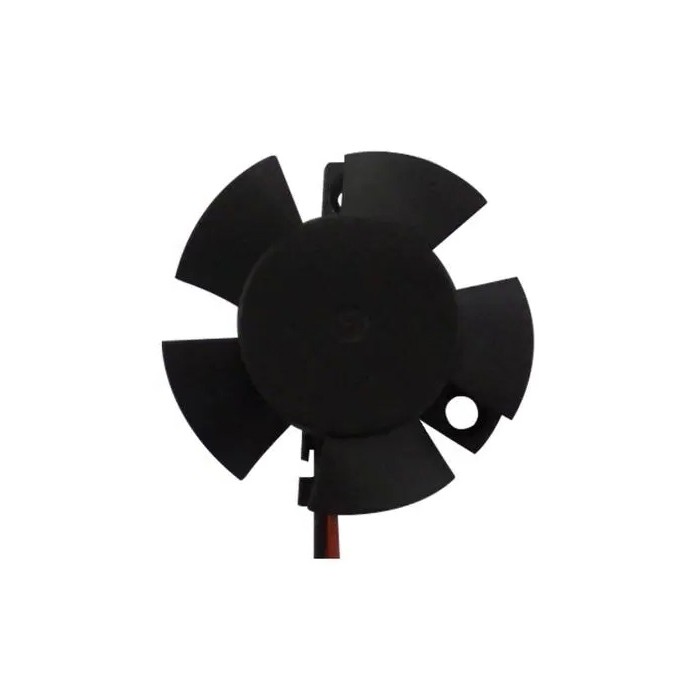
Bracket centrifugal fans
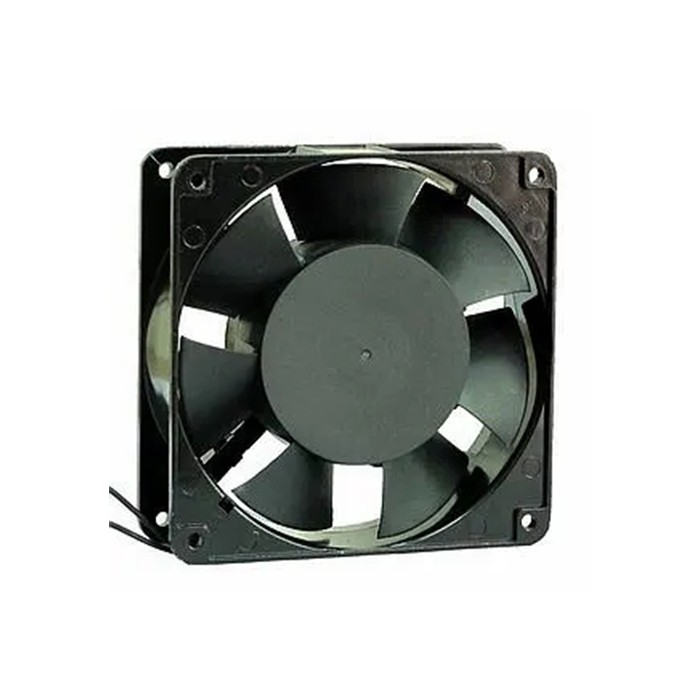
Cabinet Equipment AC Fans
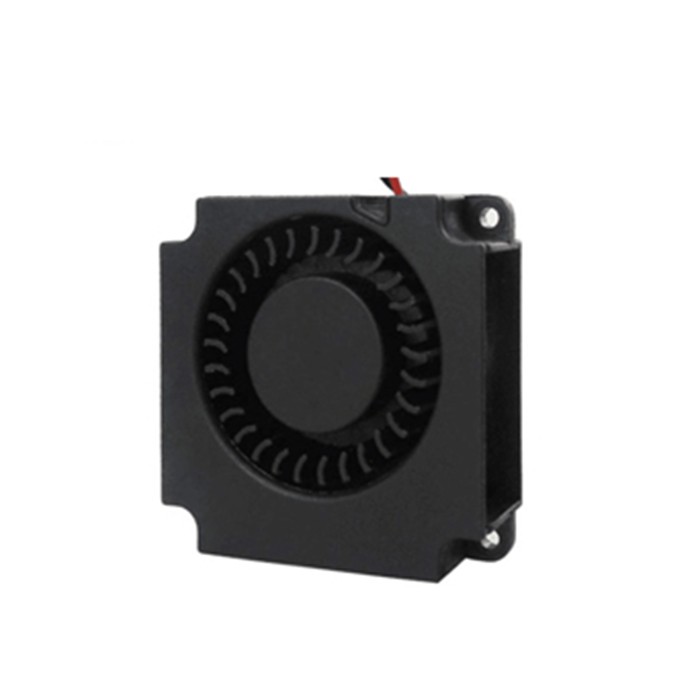
DC Blowers
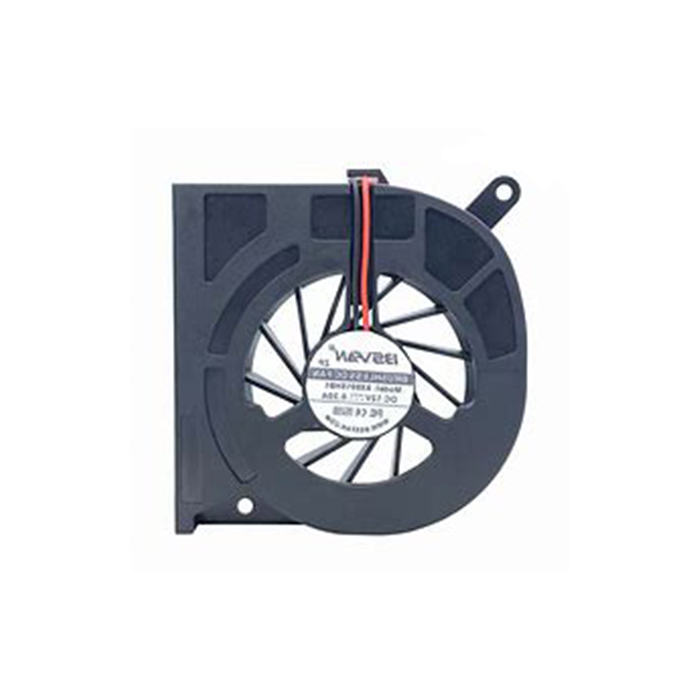
Single-stage high-speed centrifugal fans
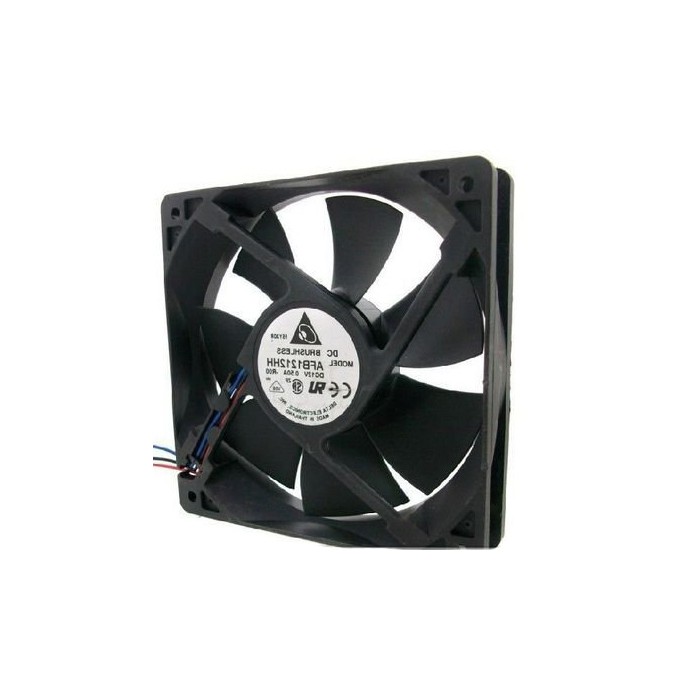
Bladeless DC Fans
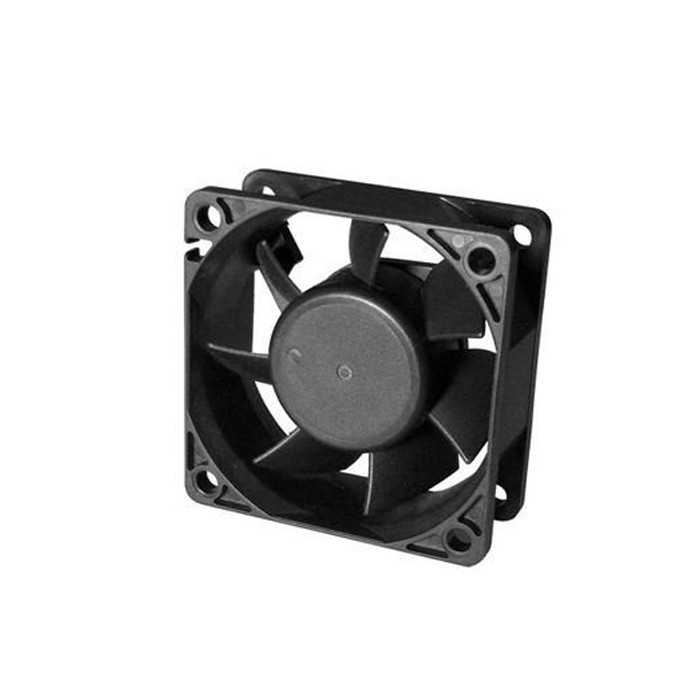
Forward and Reverse DC Fans

Stainless steel centrifugal fans
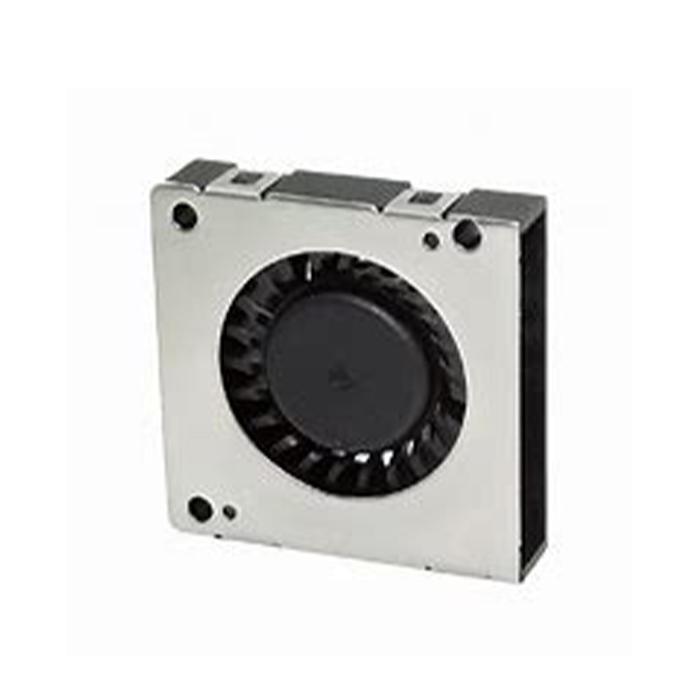
Fiberglass reinforced plastic centrifugal fans
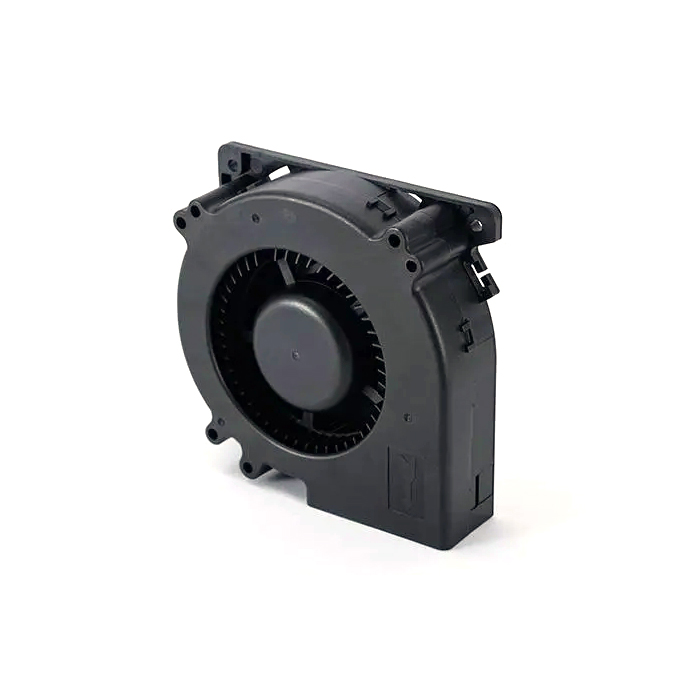
Single Impeller High Pressure Blowers

Multi-wing centrifugal fans